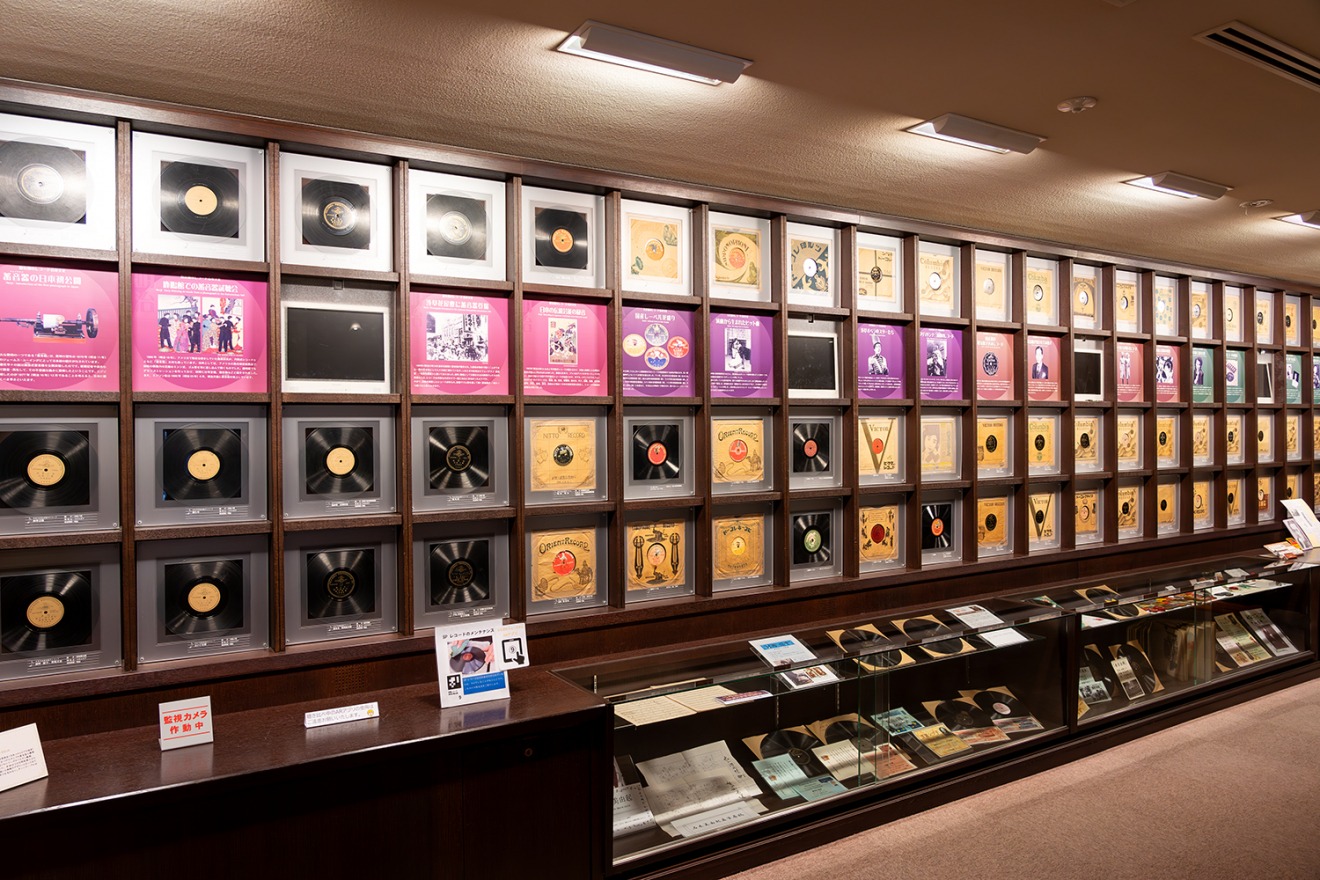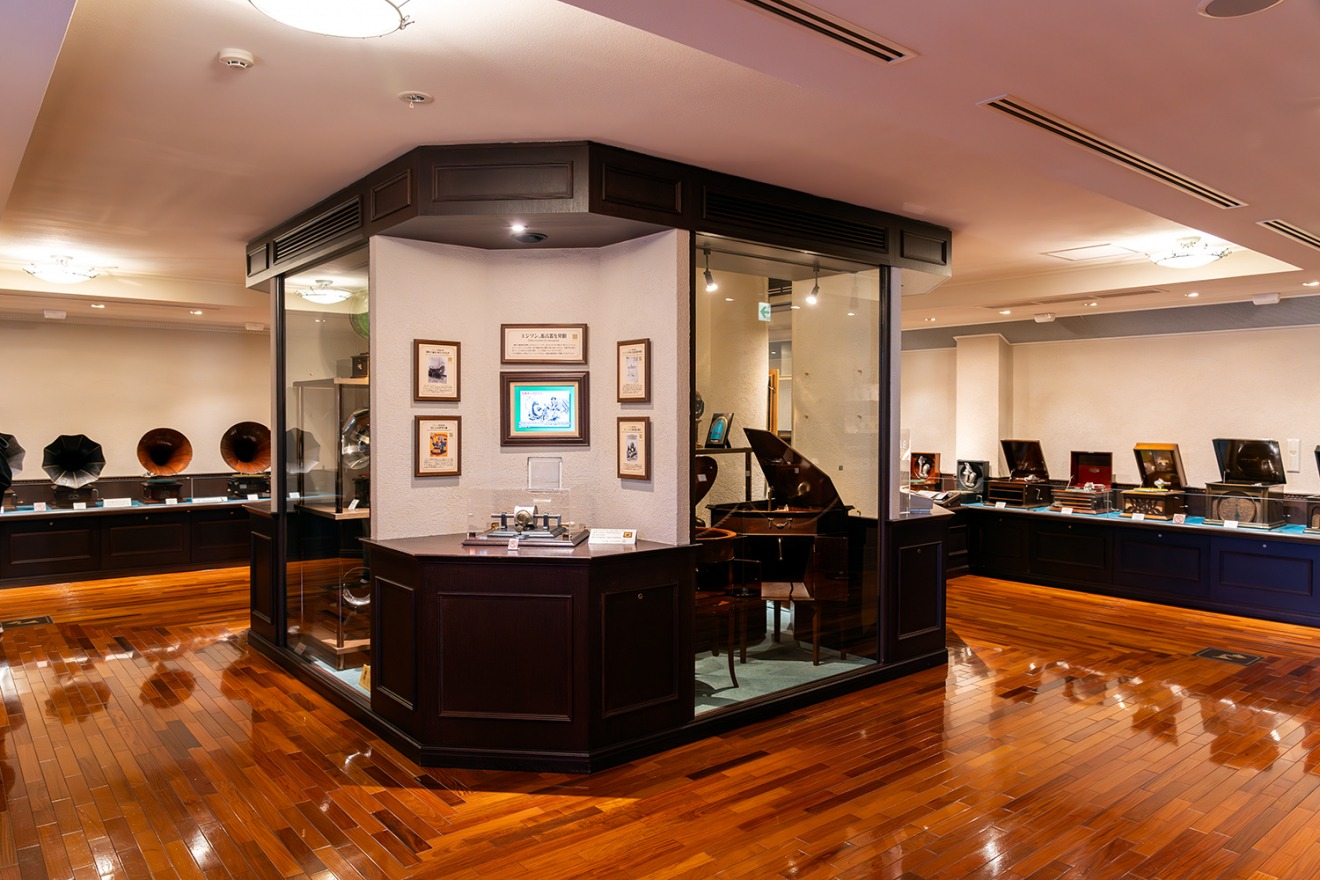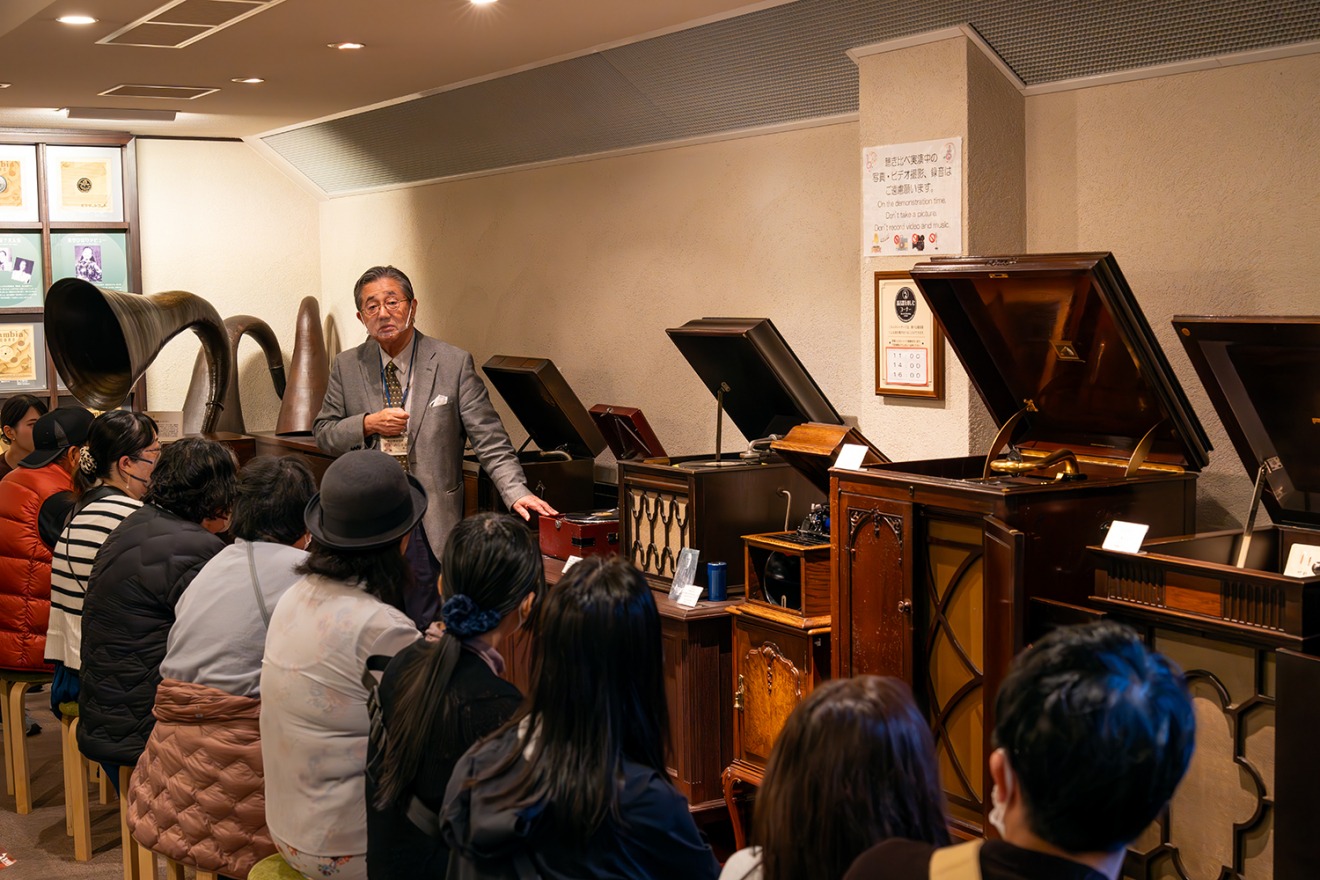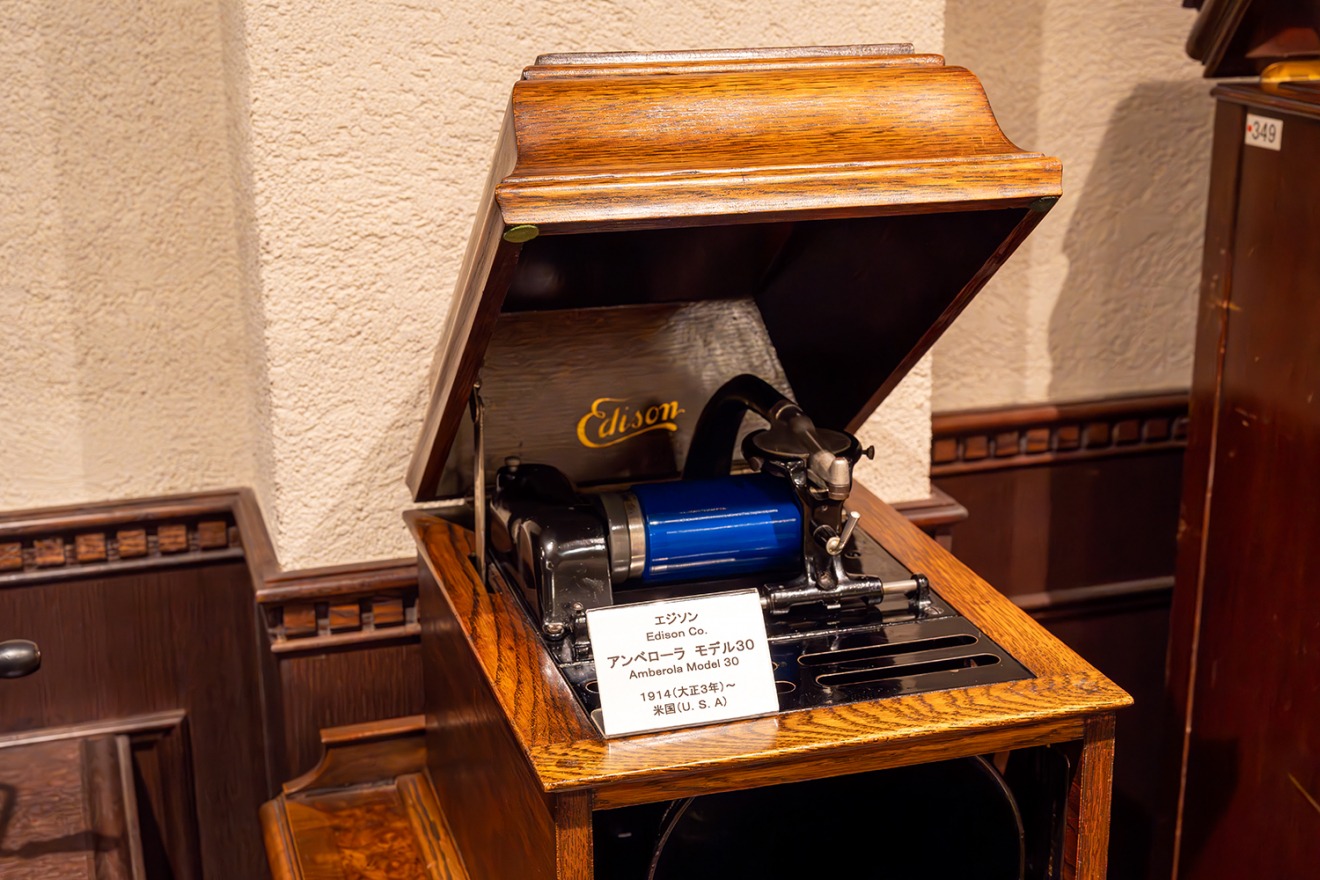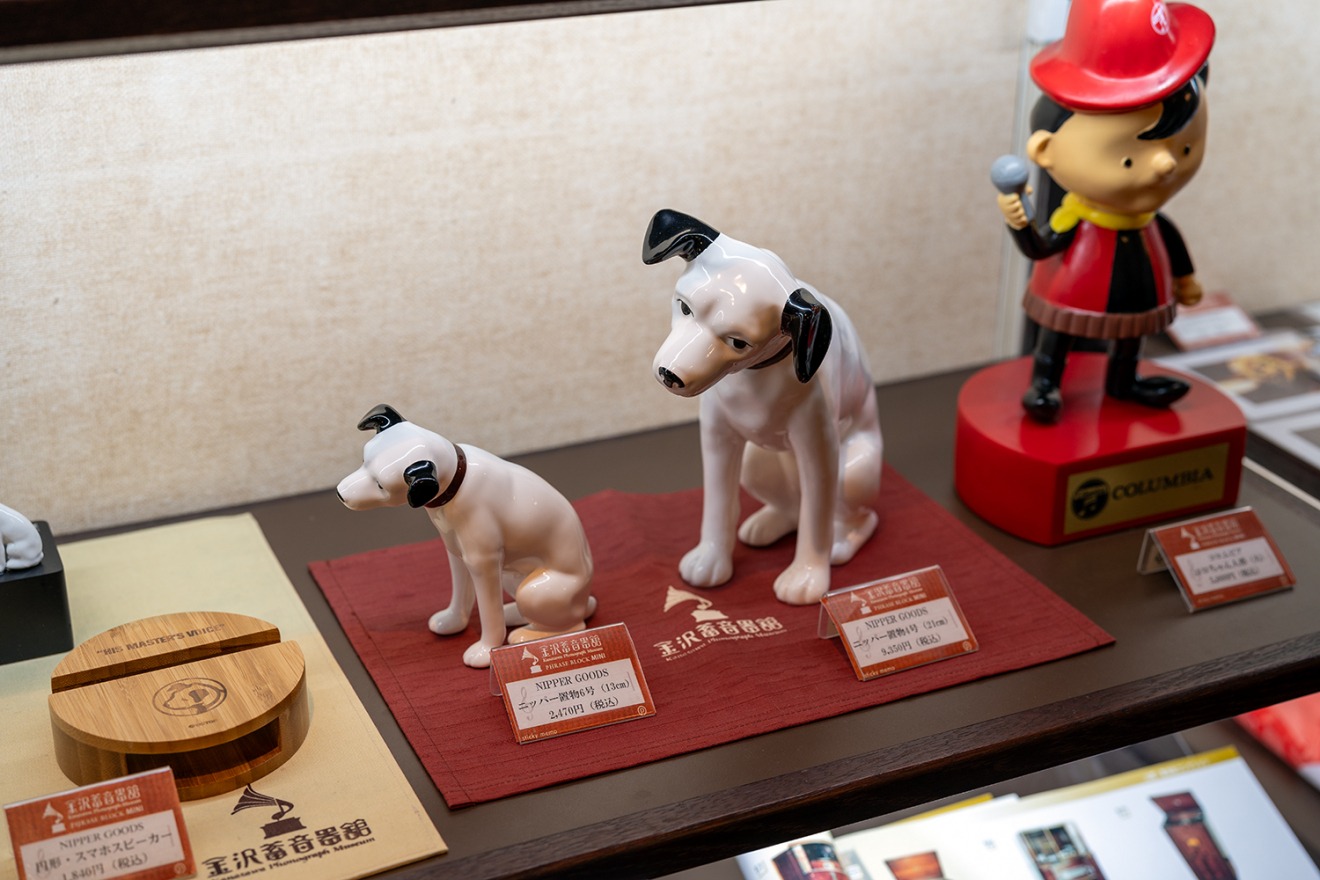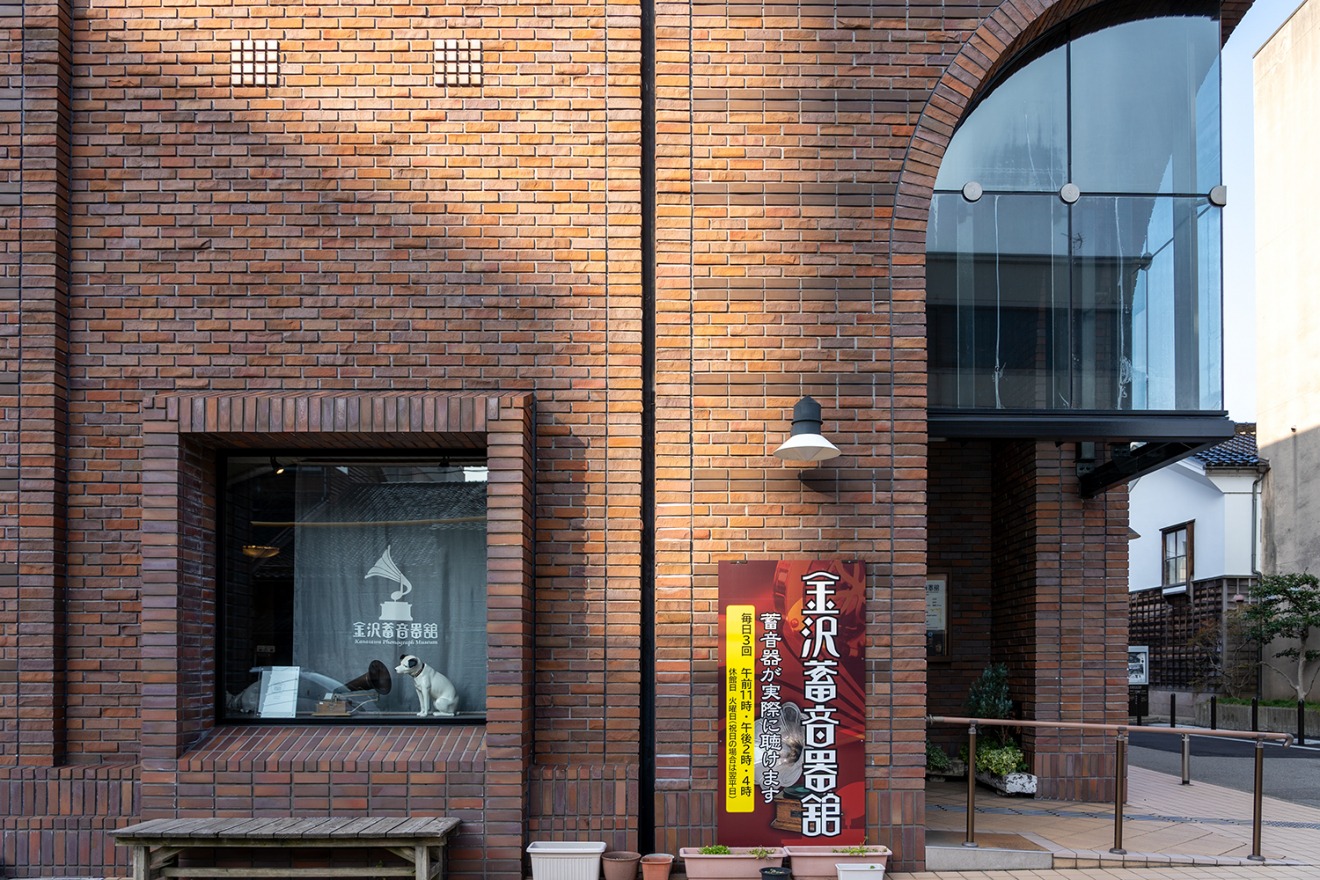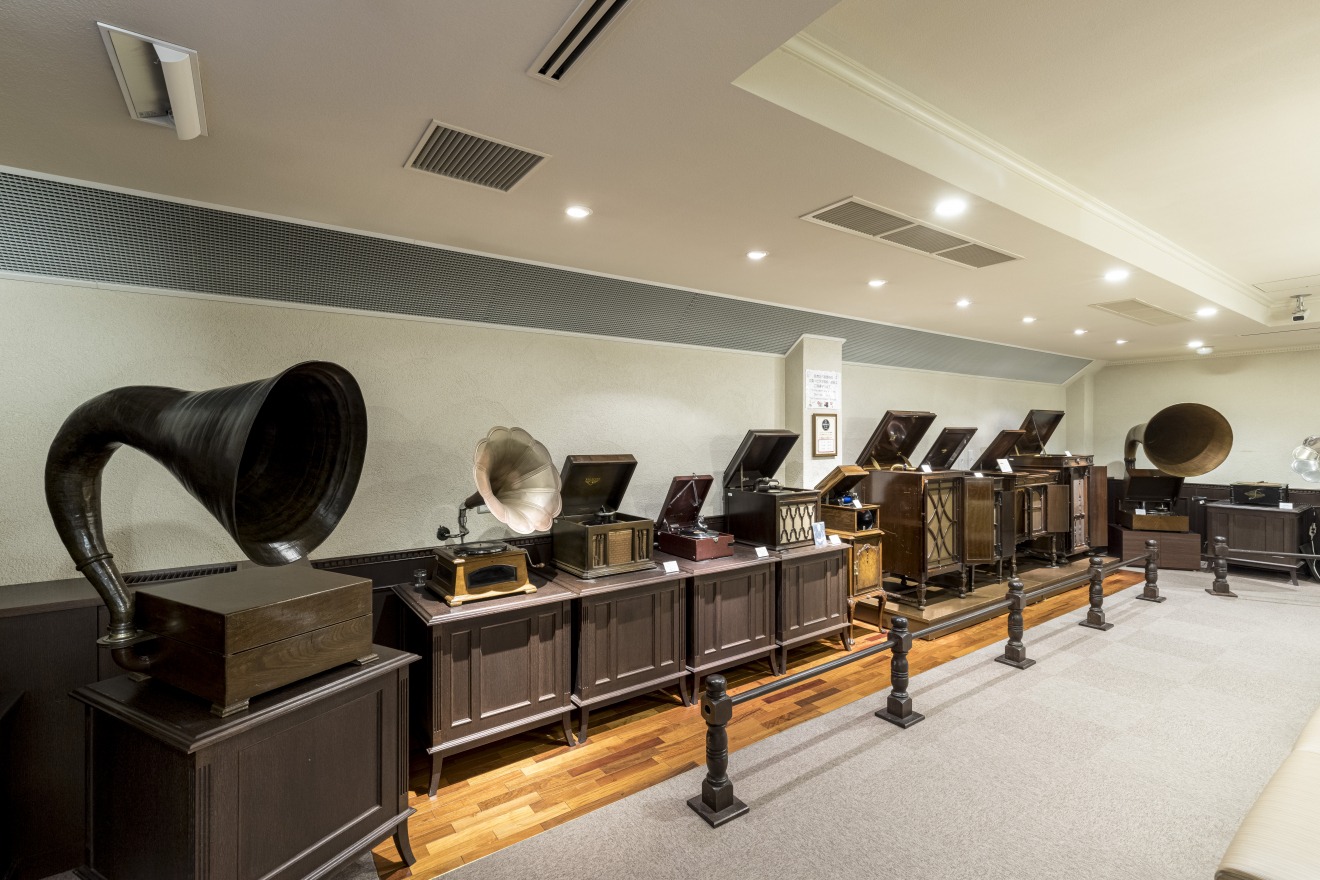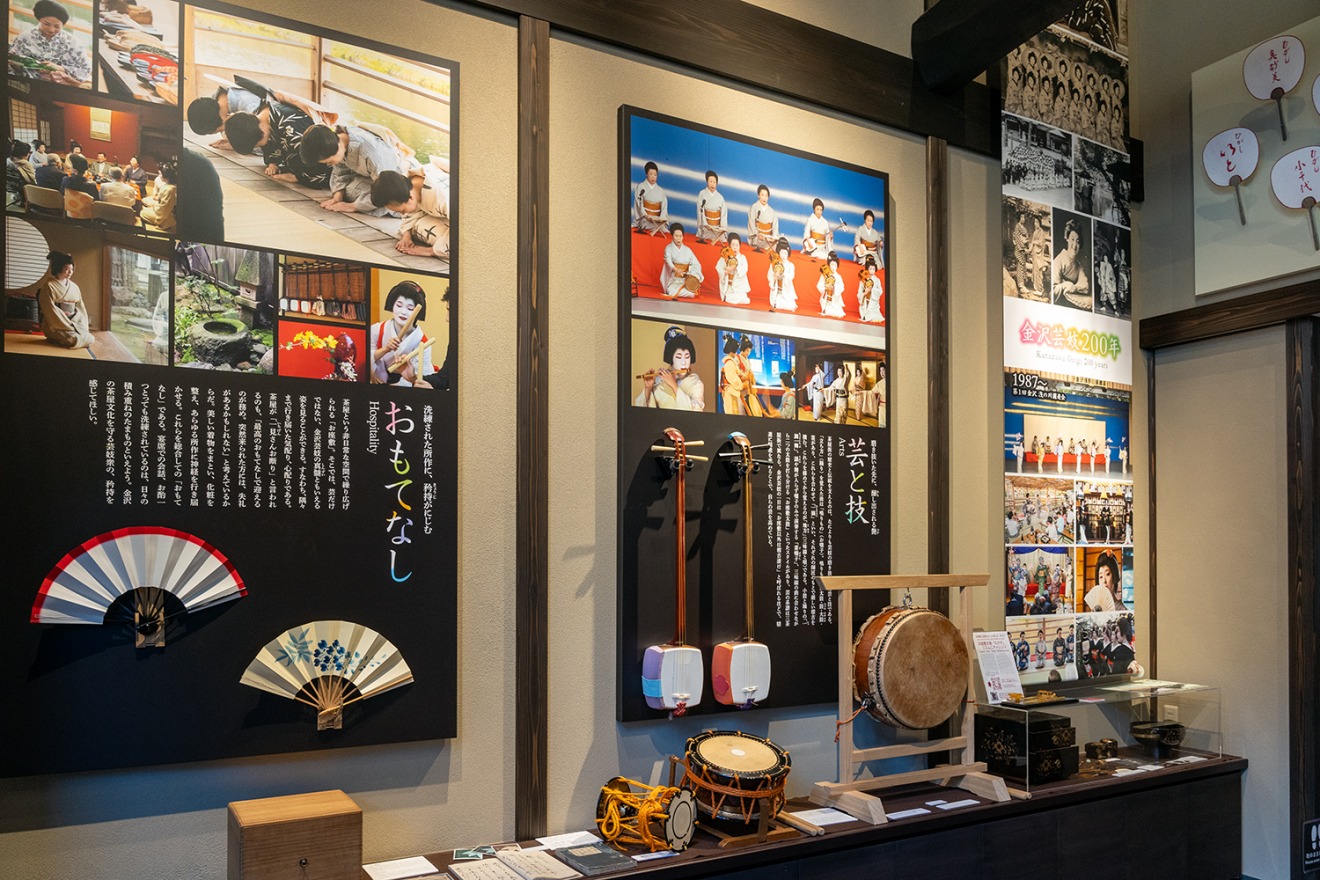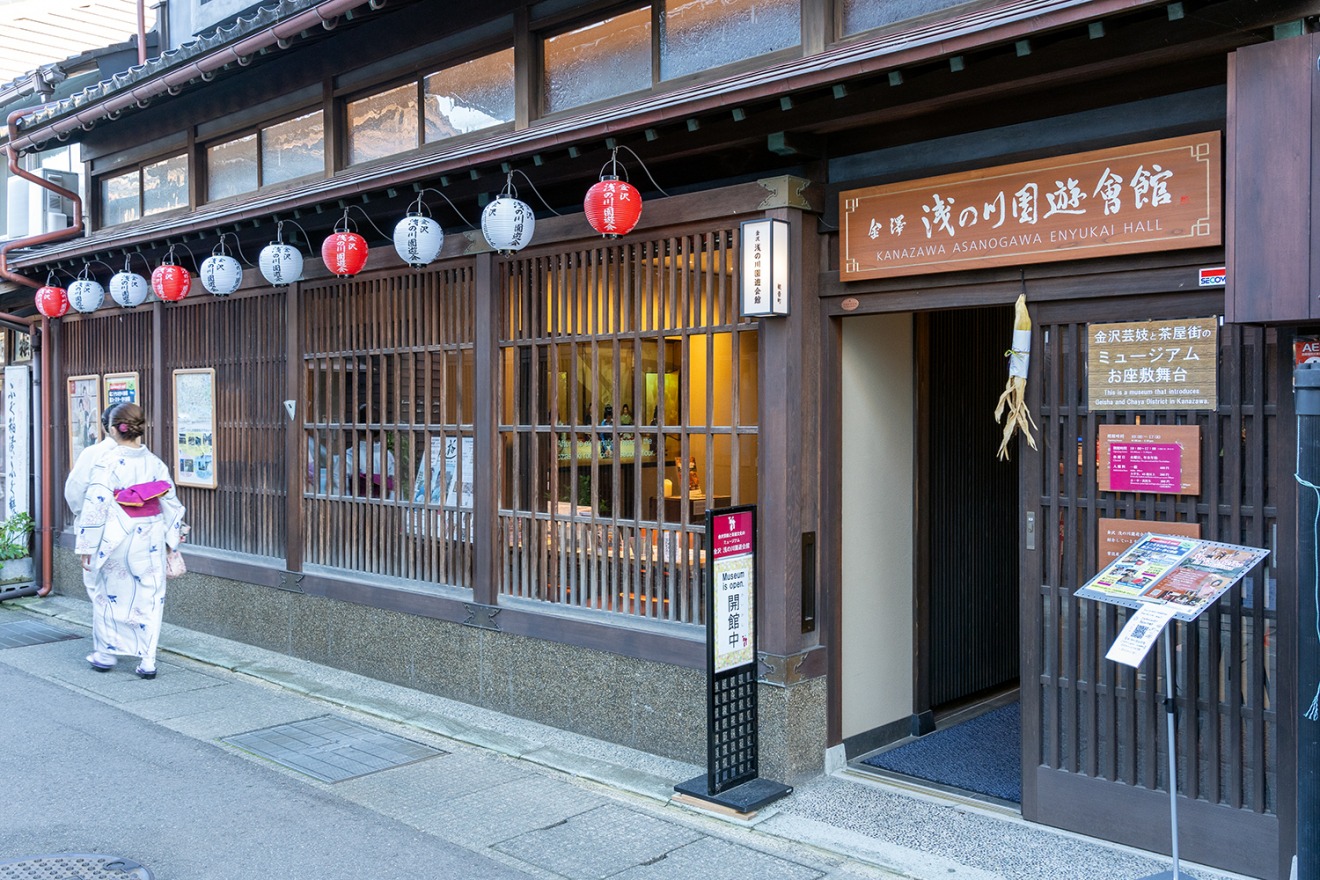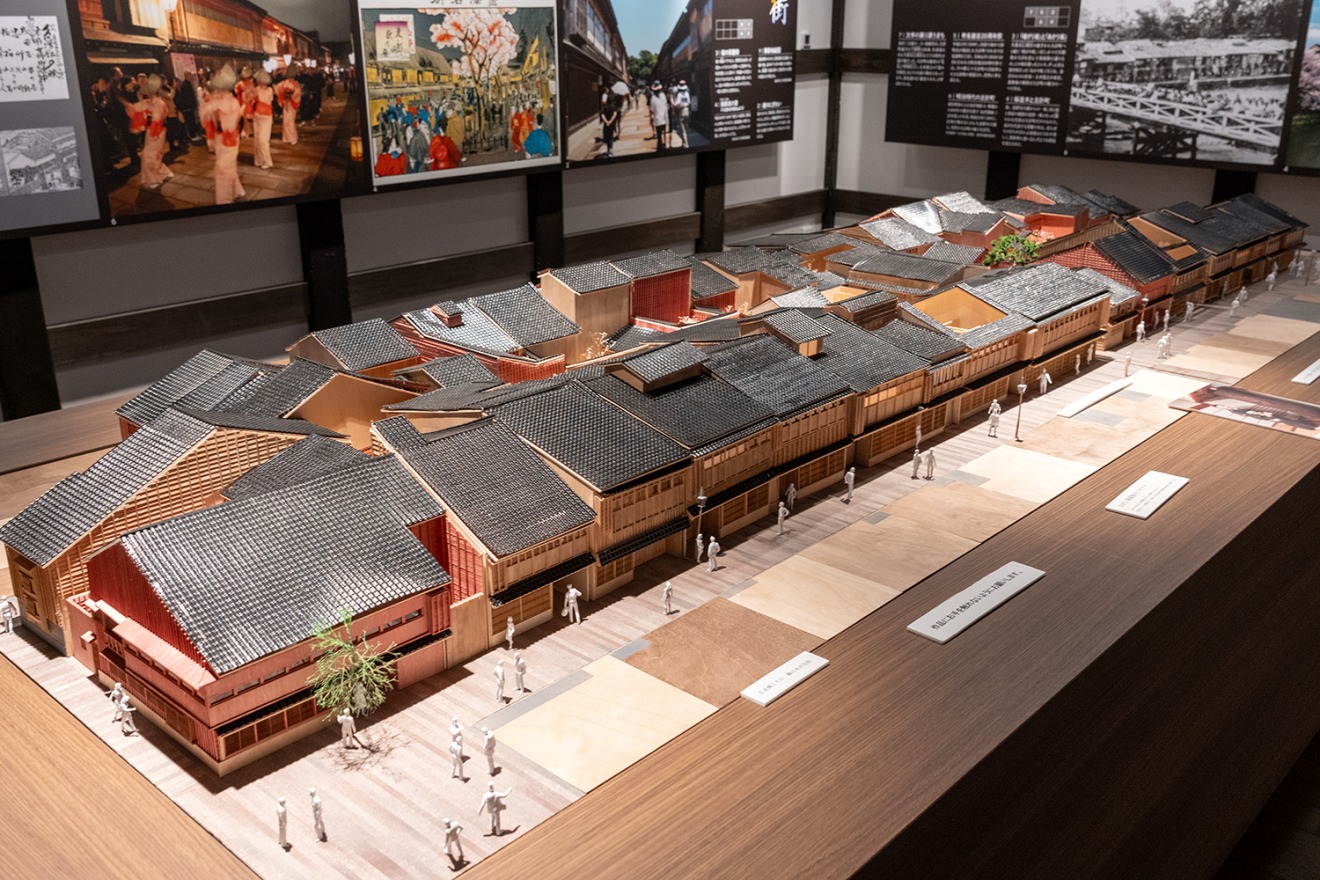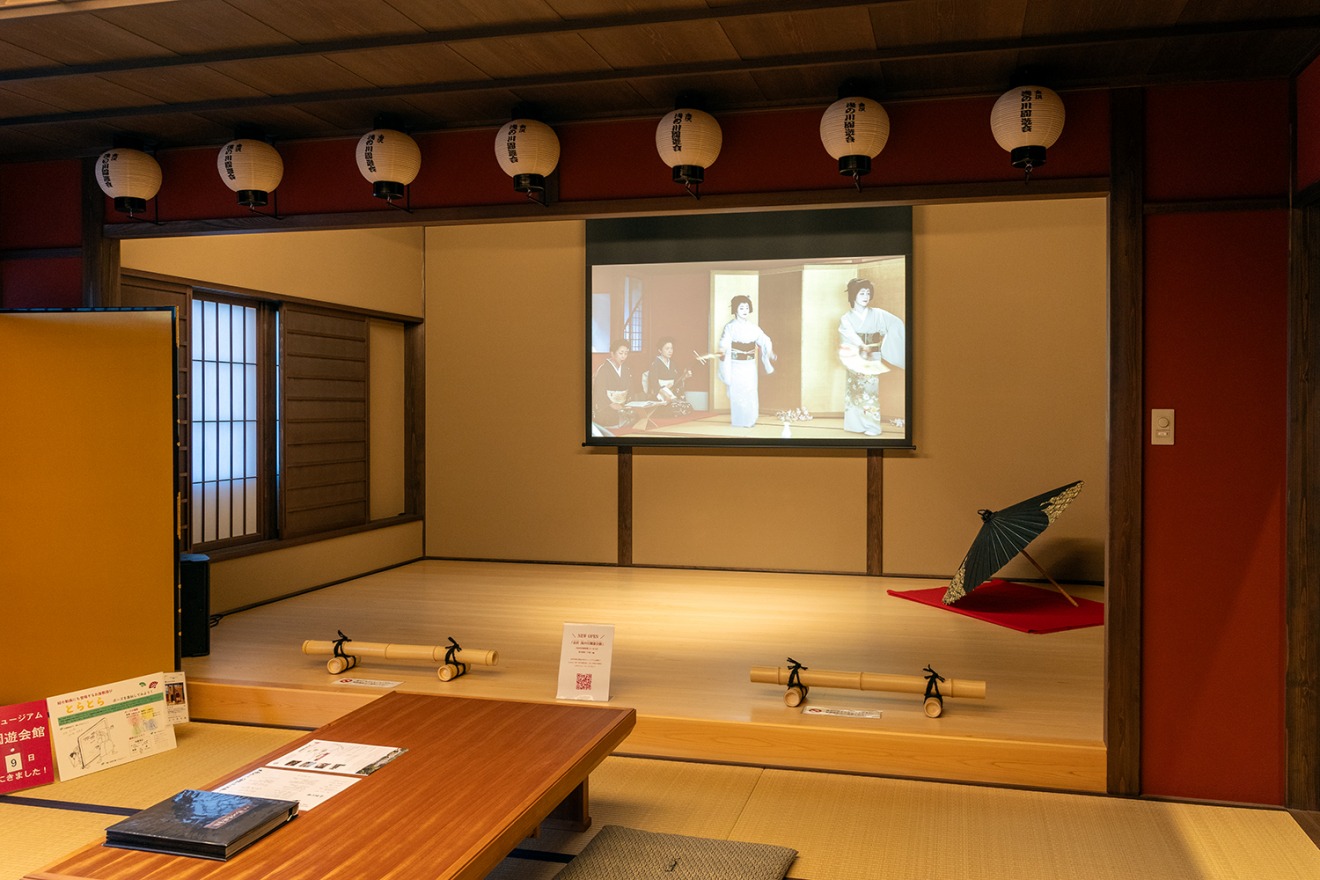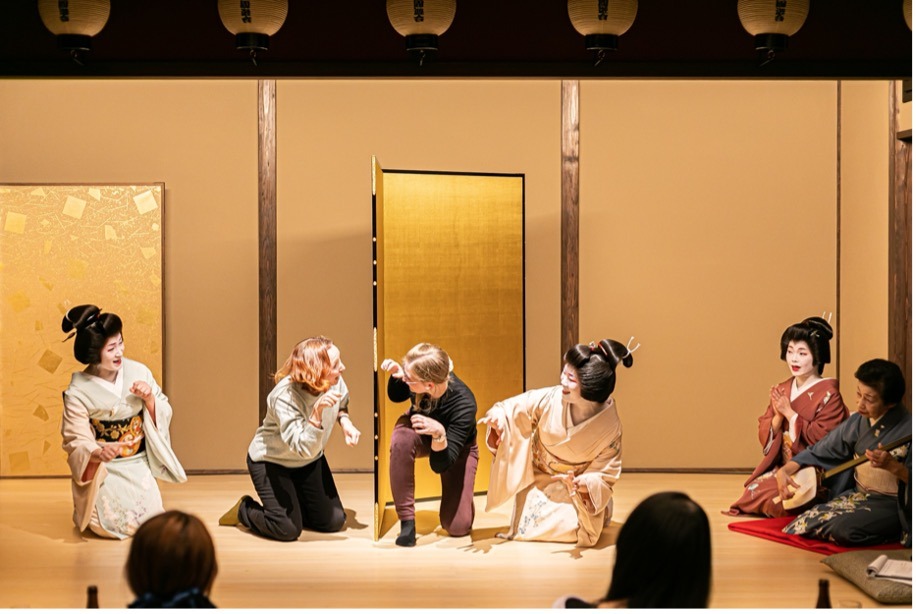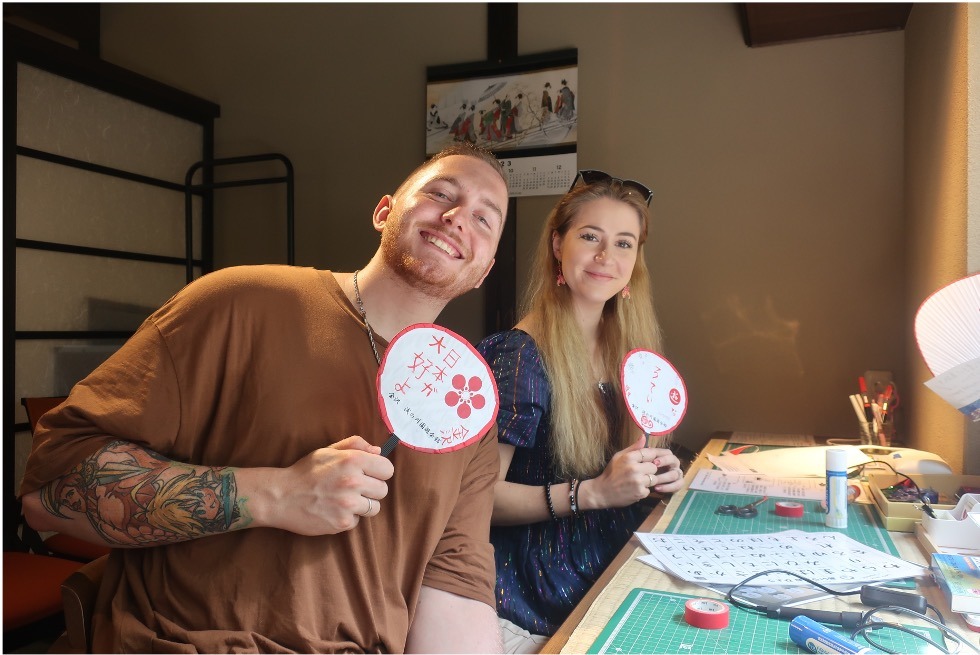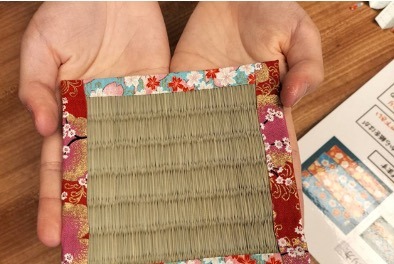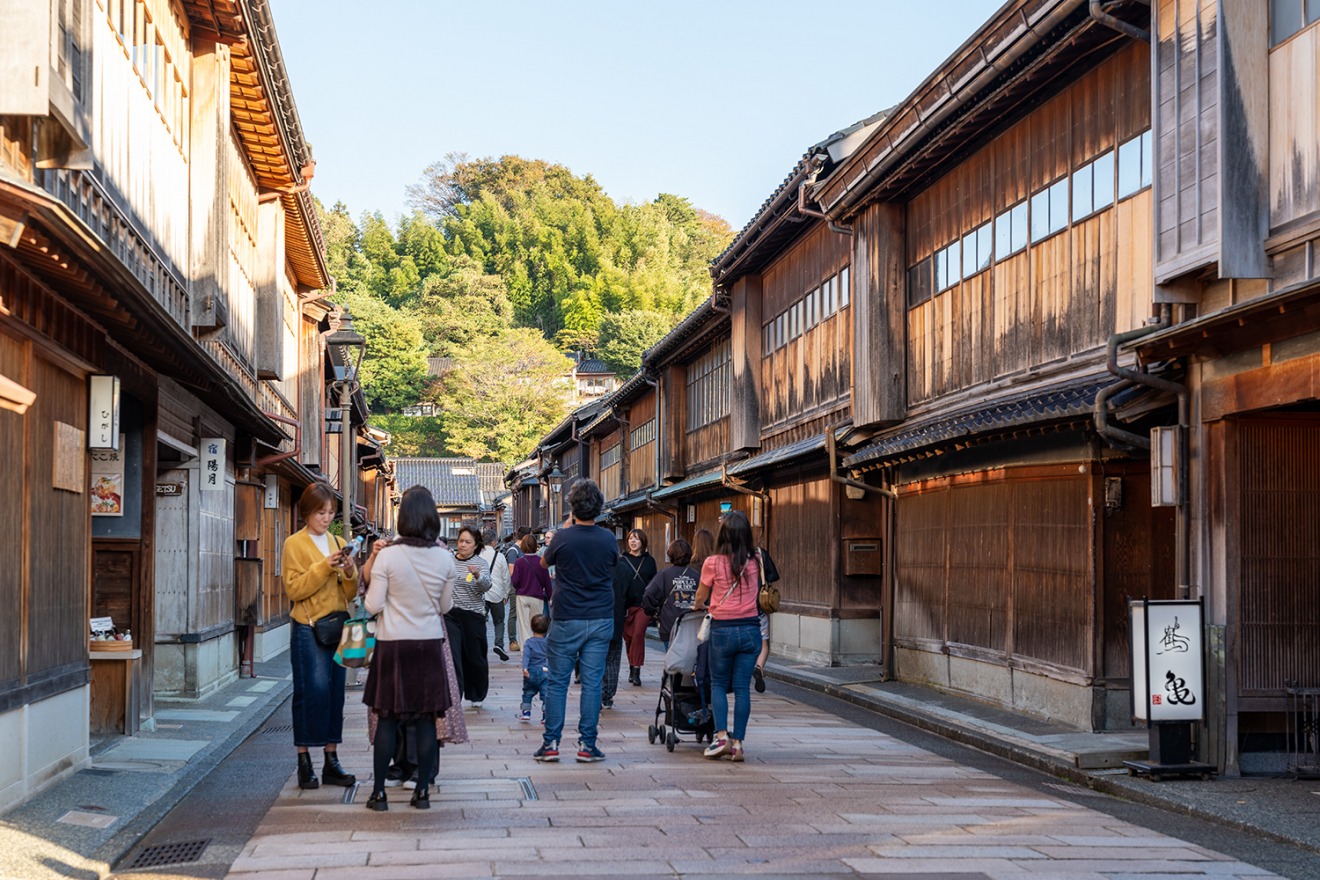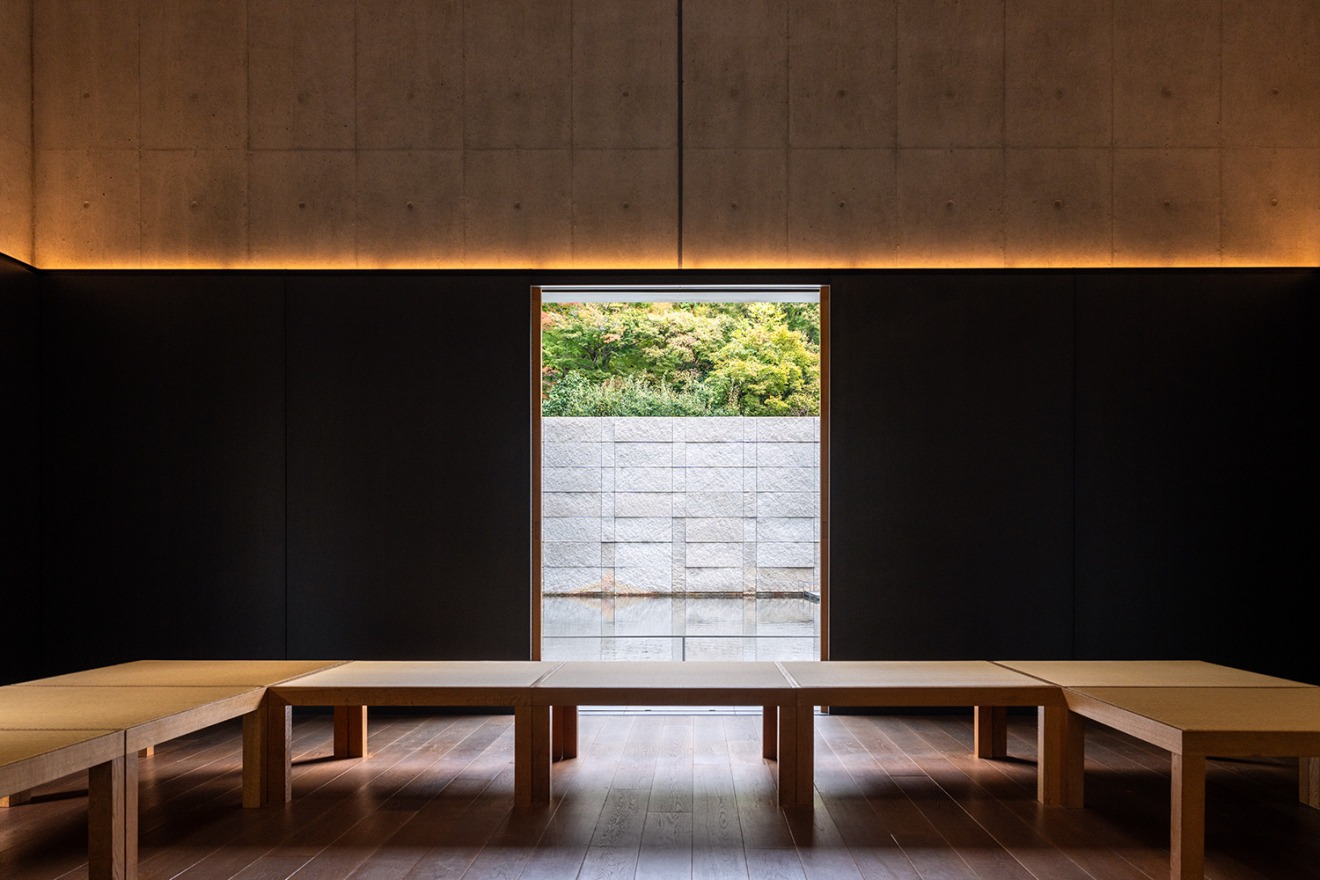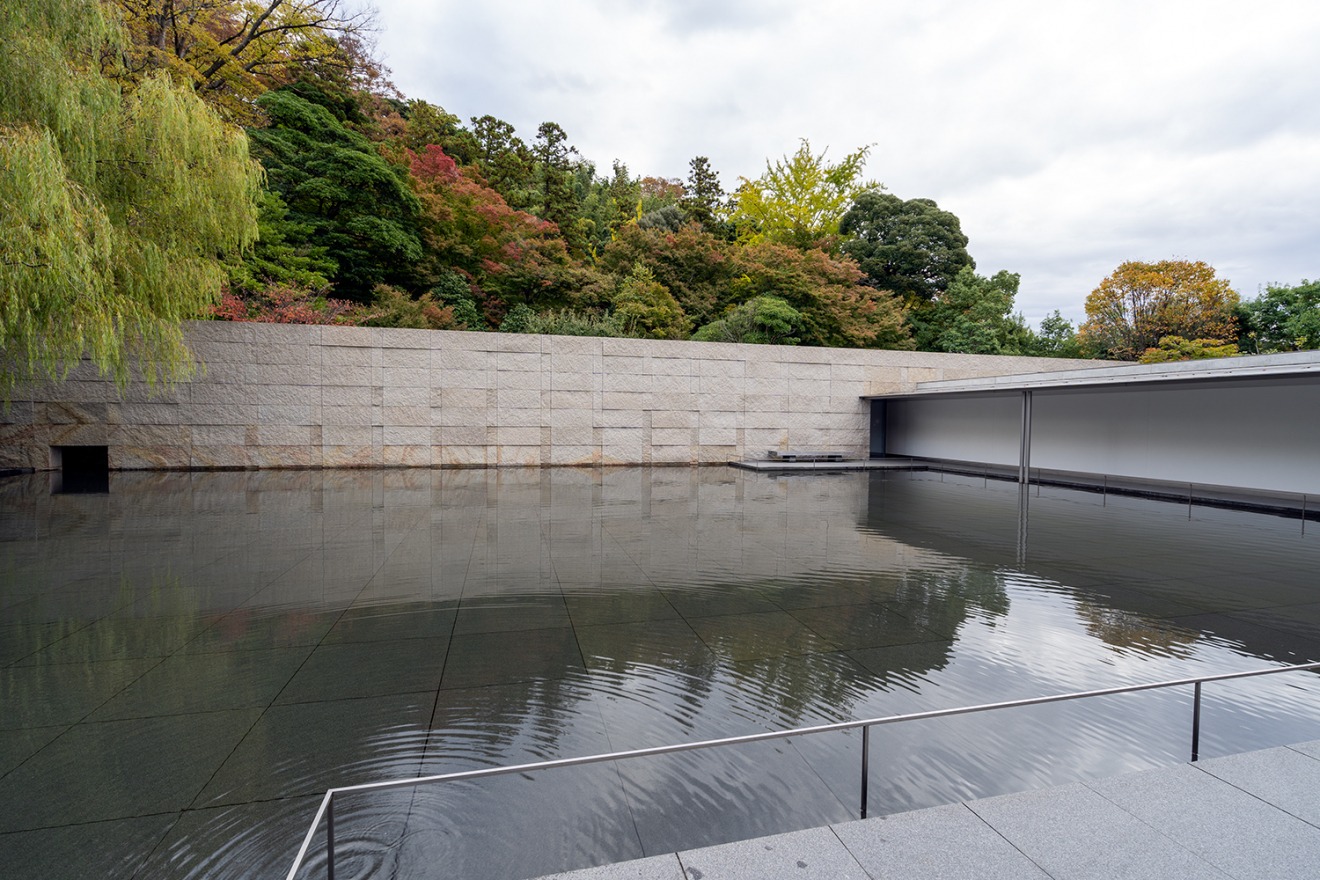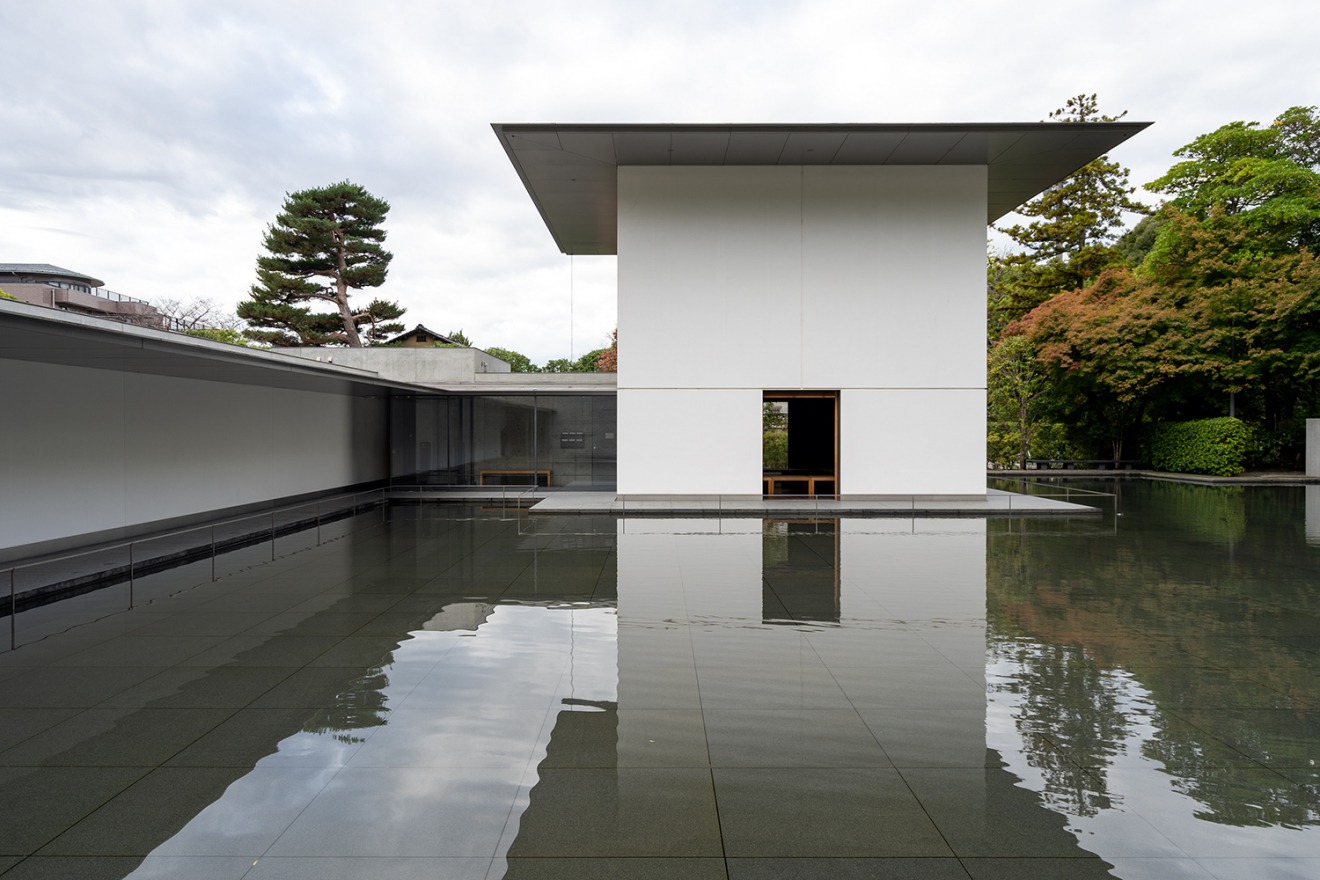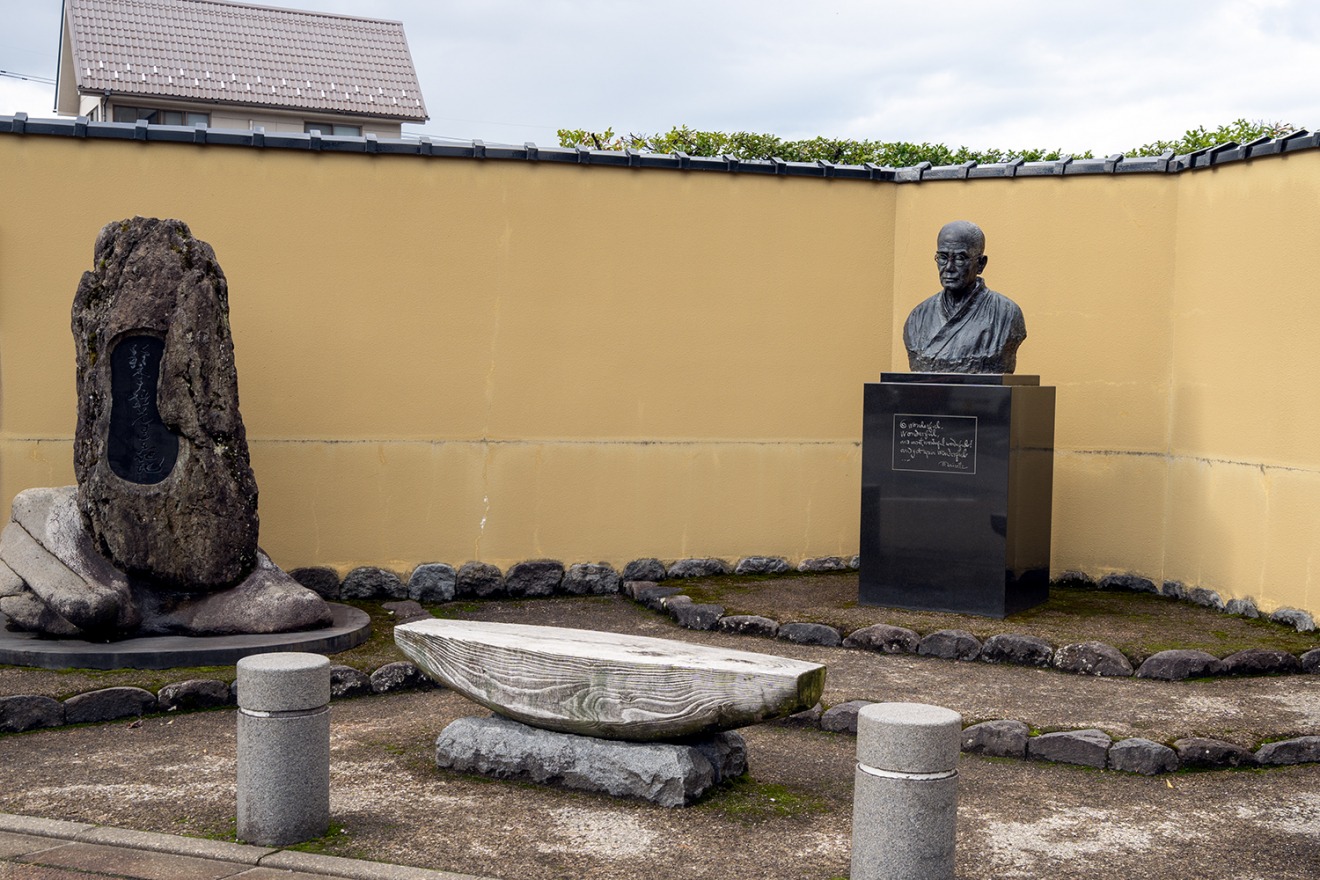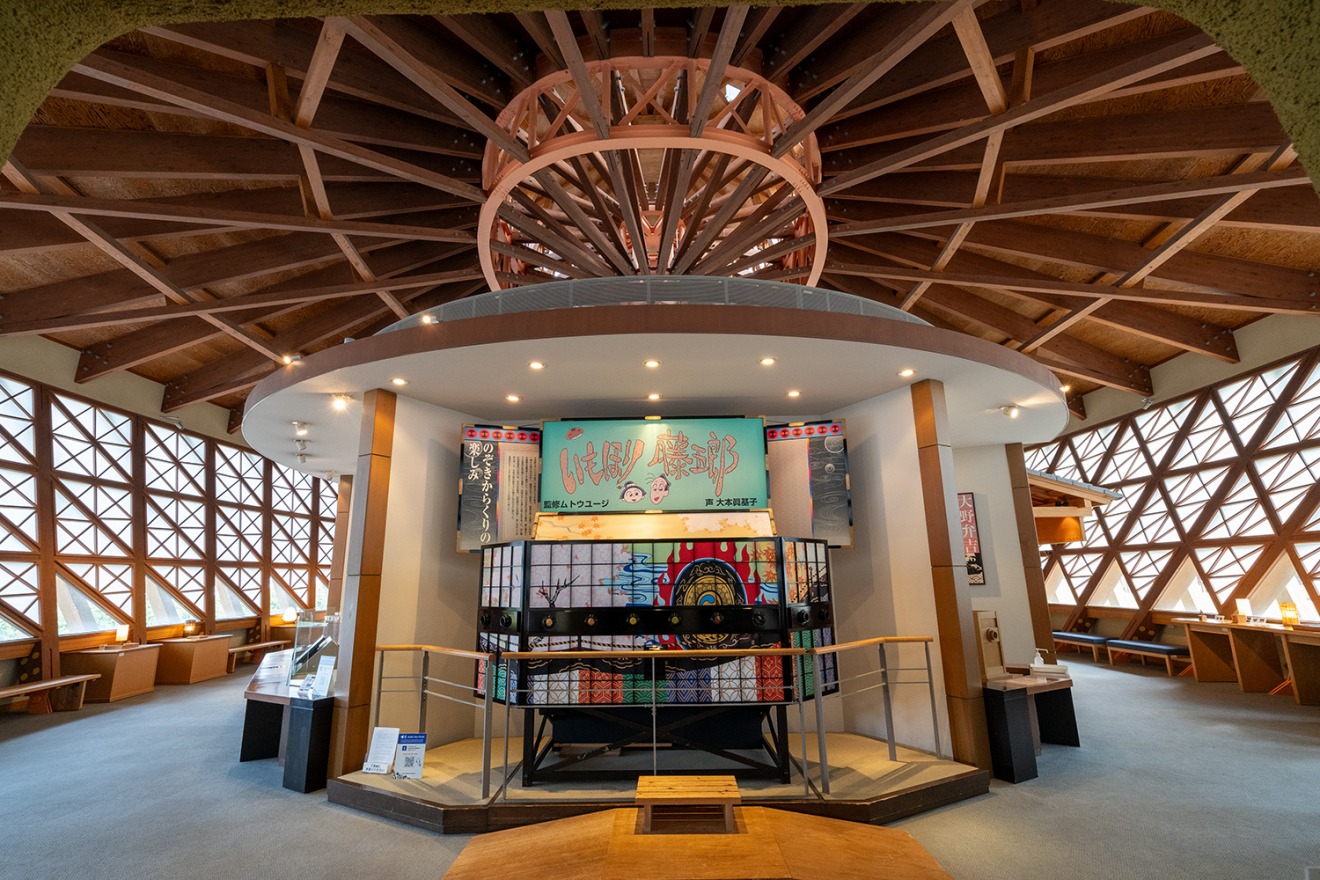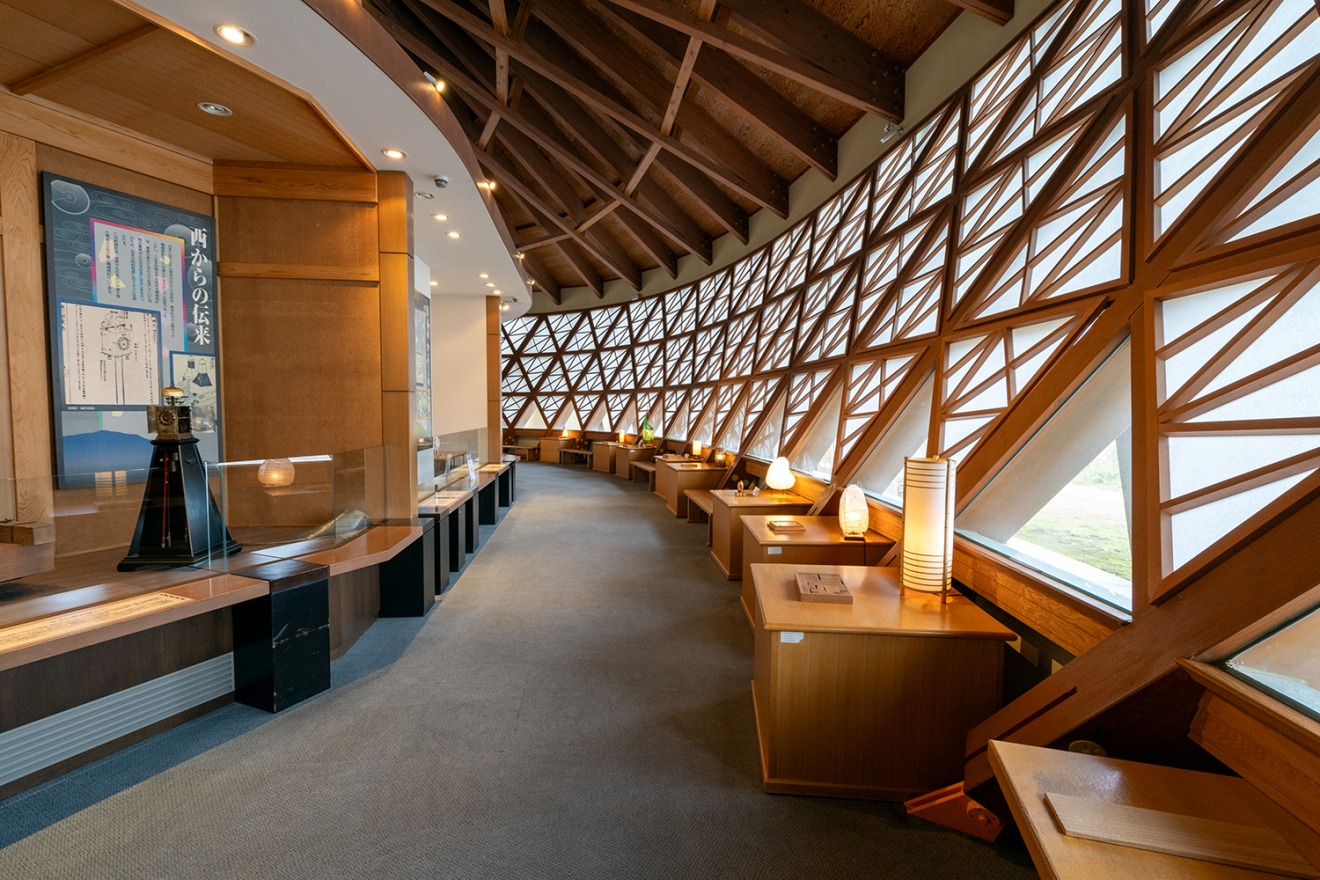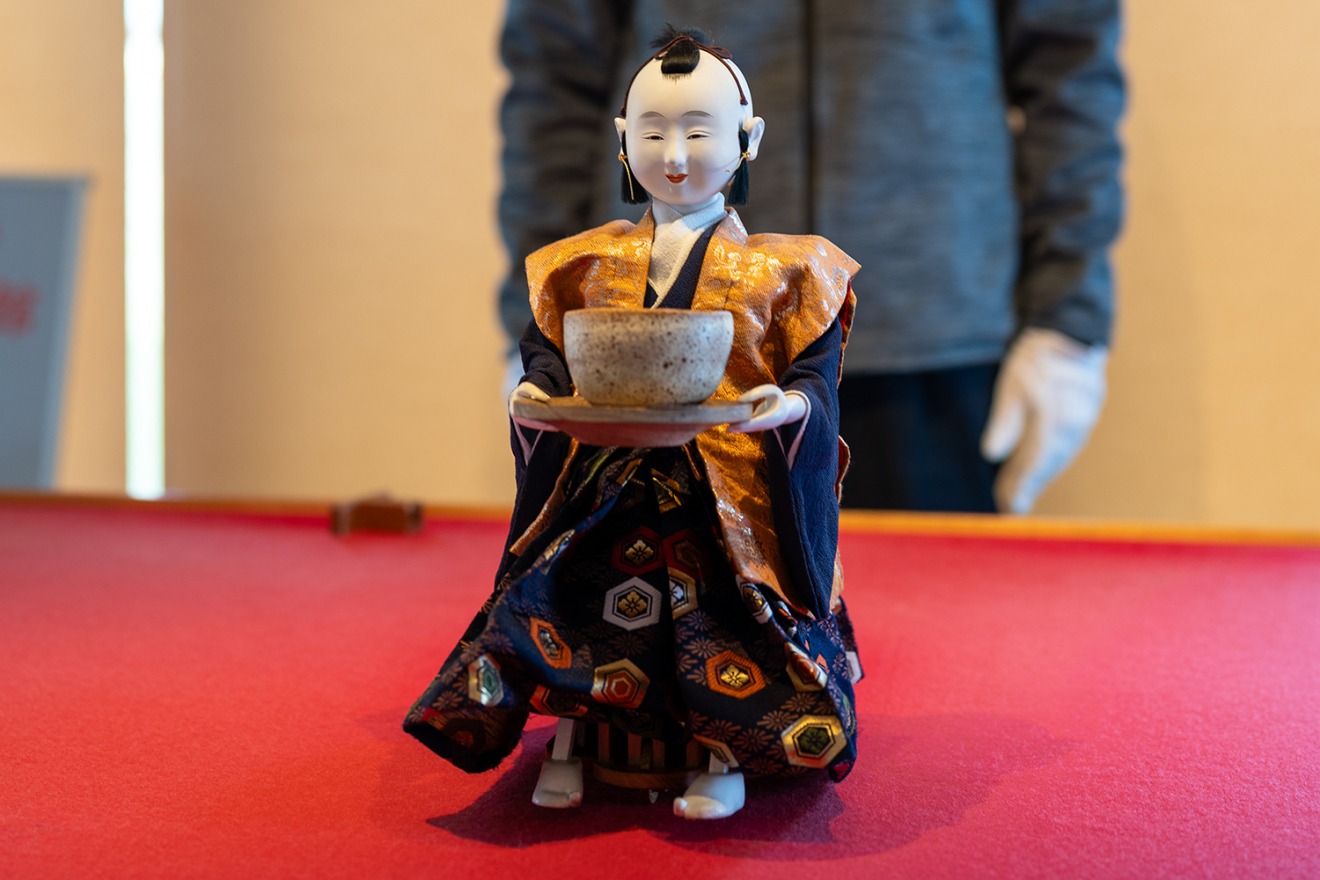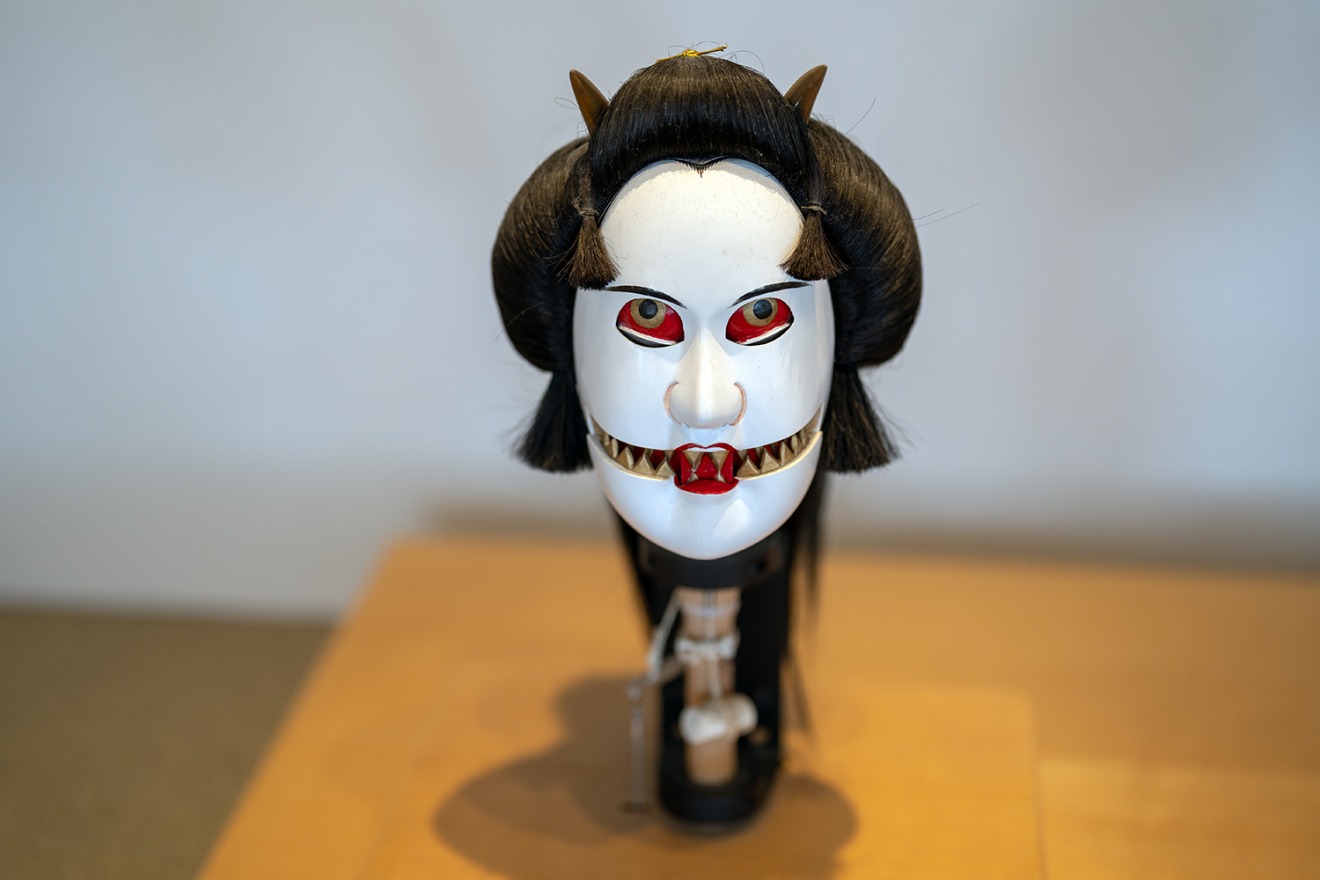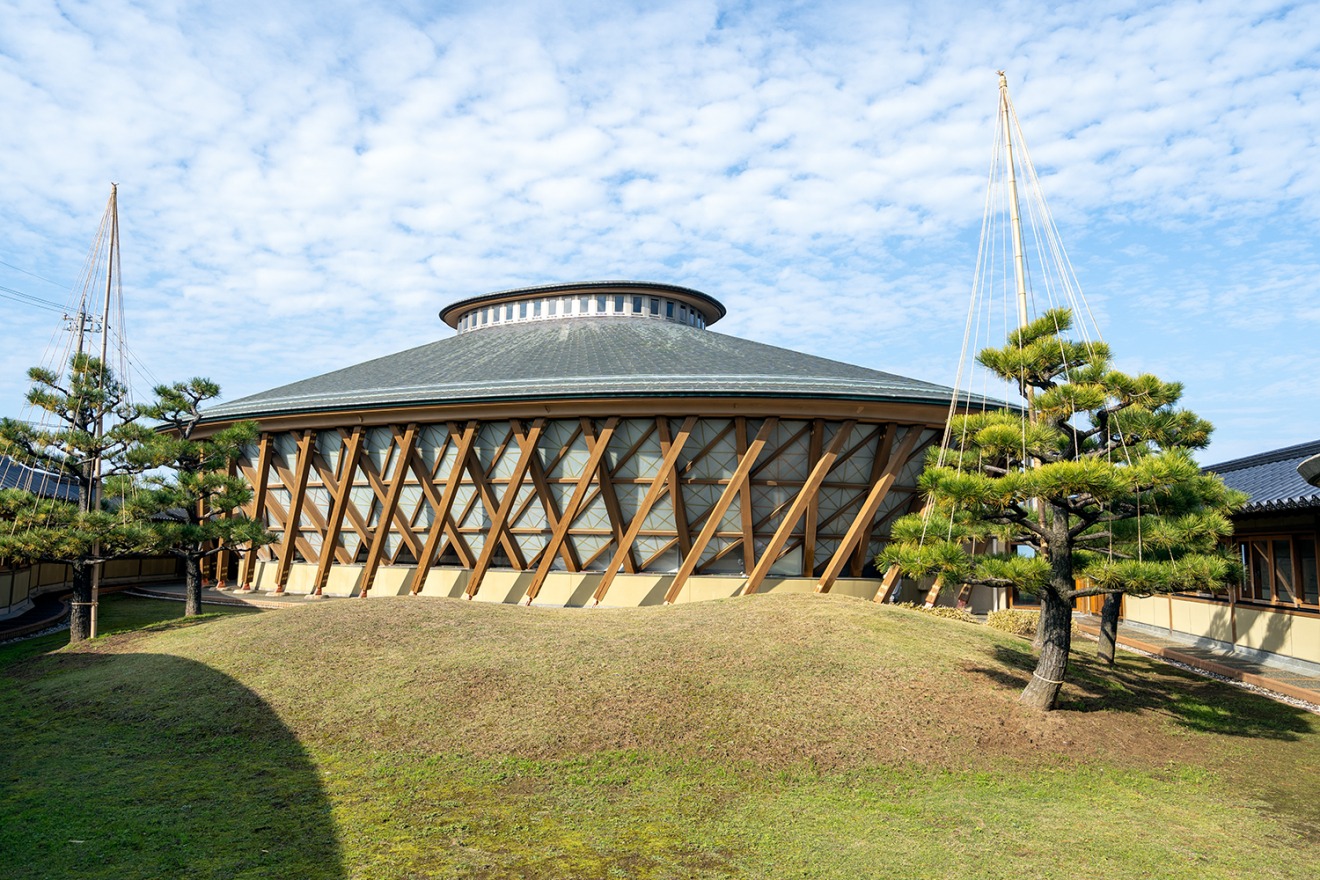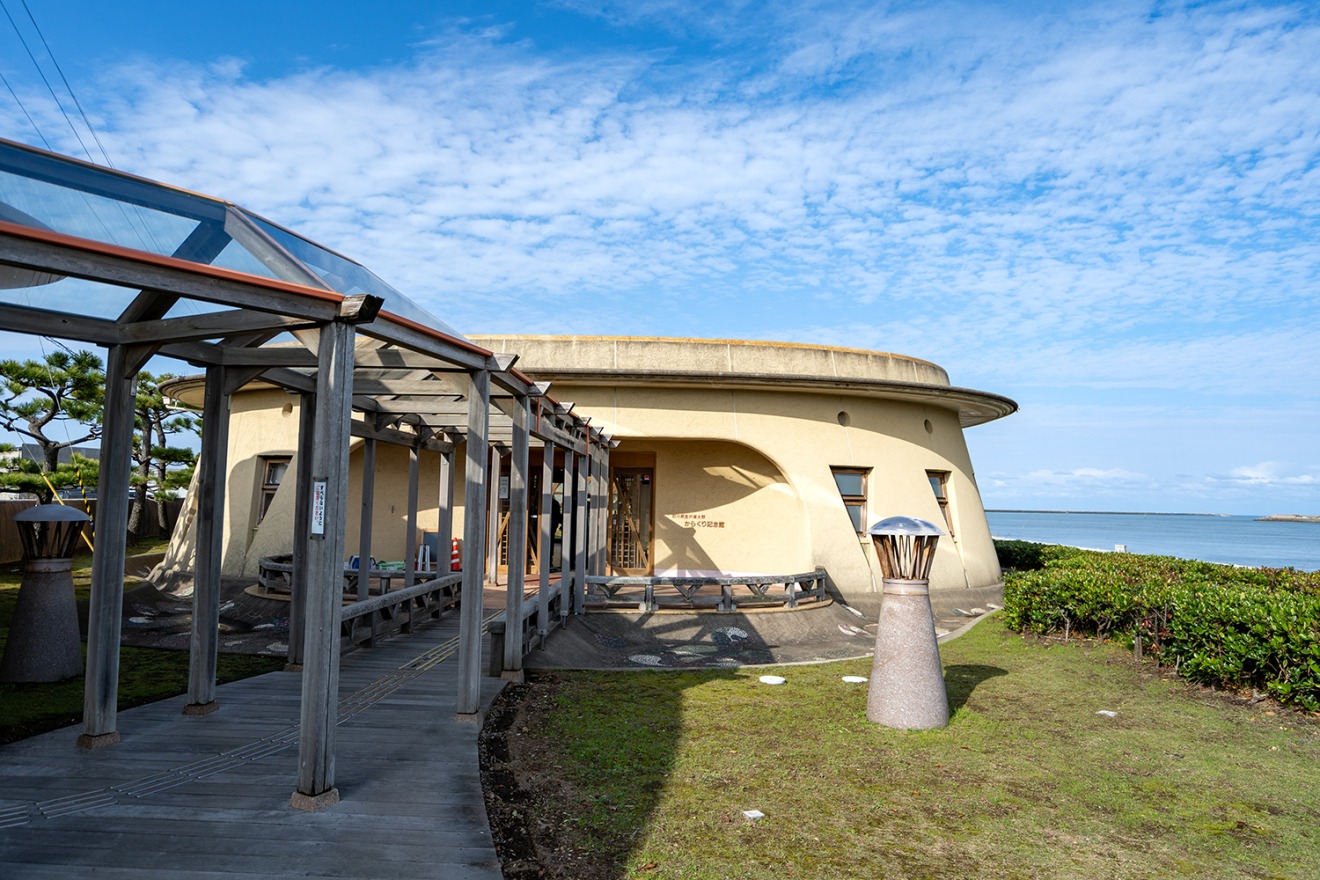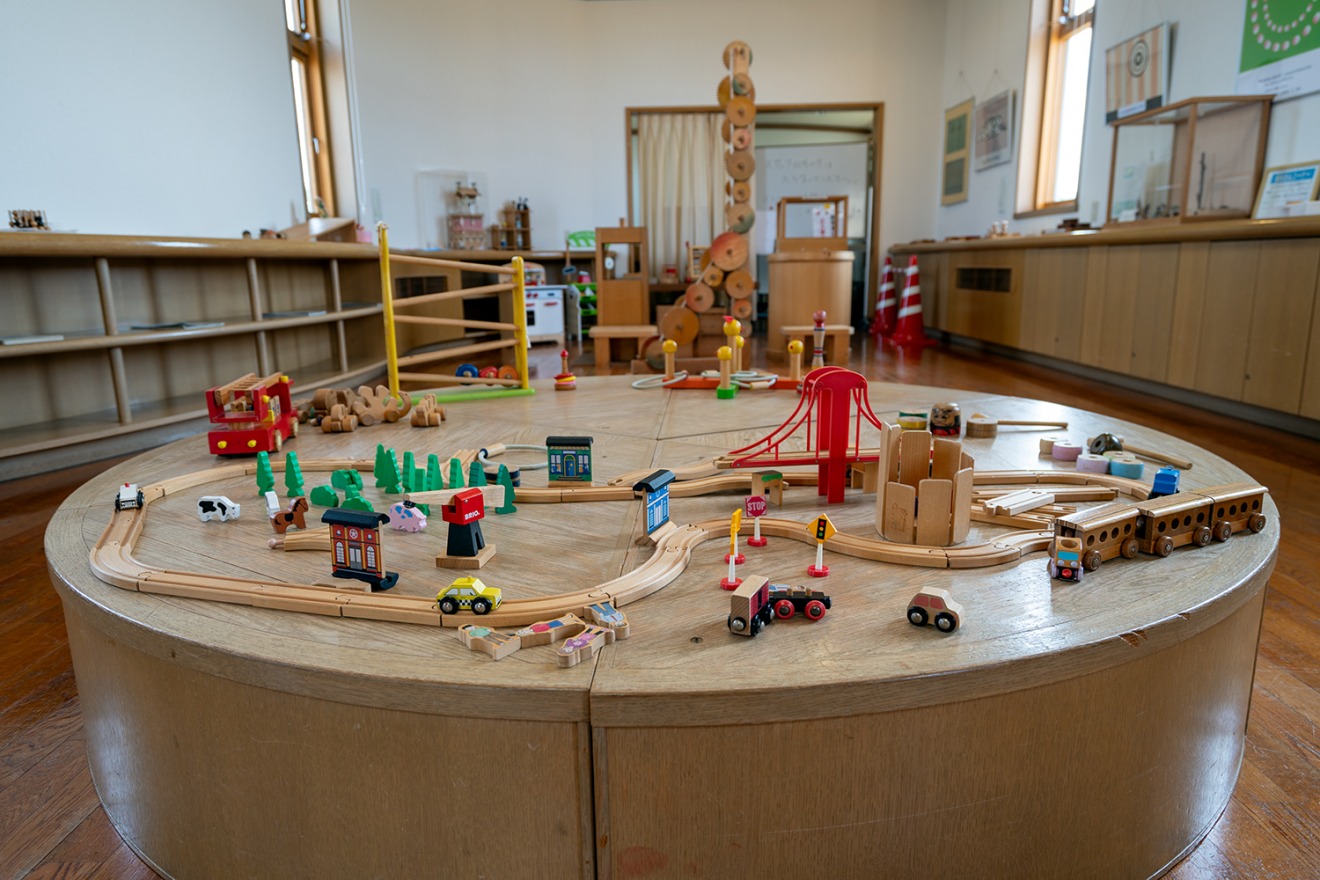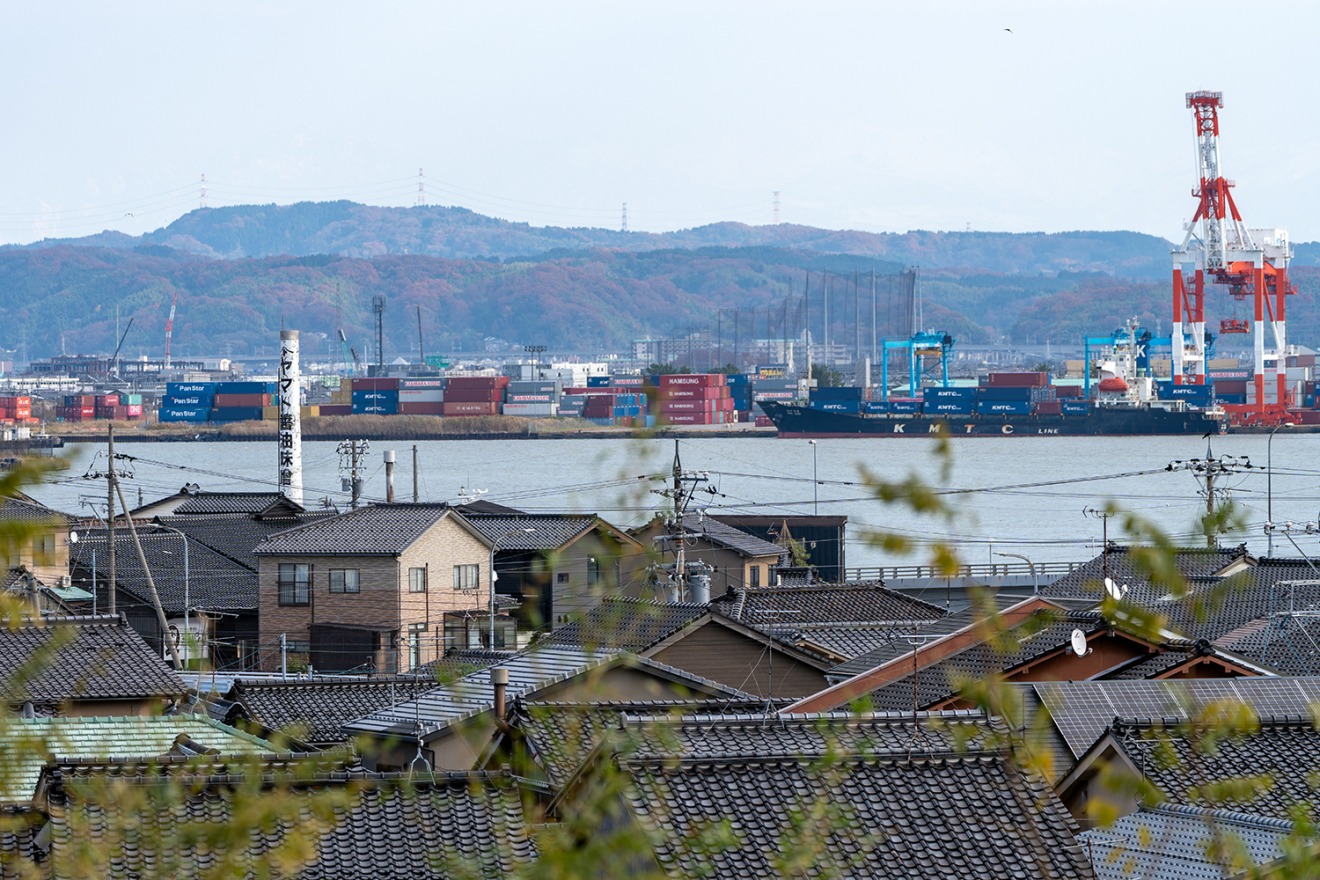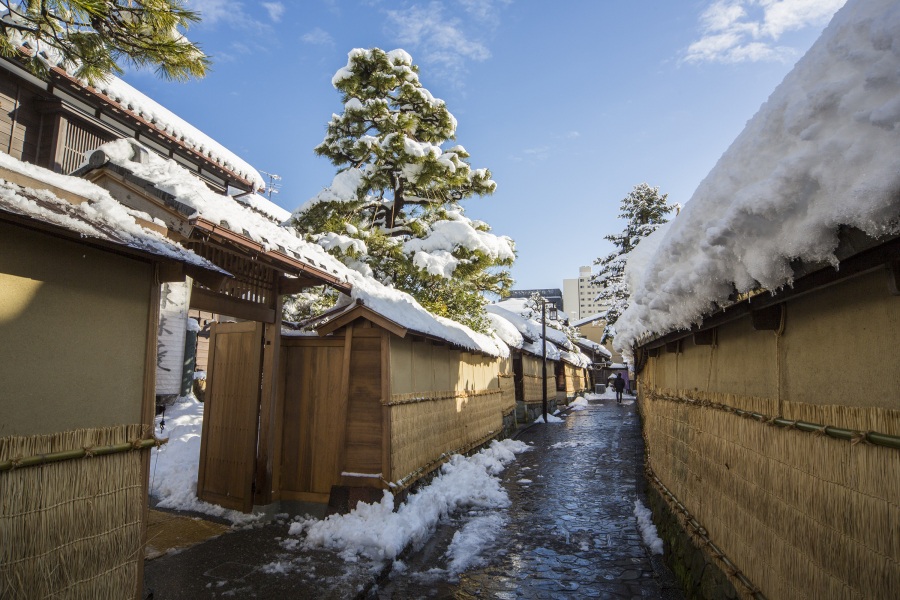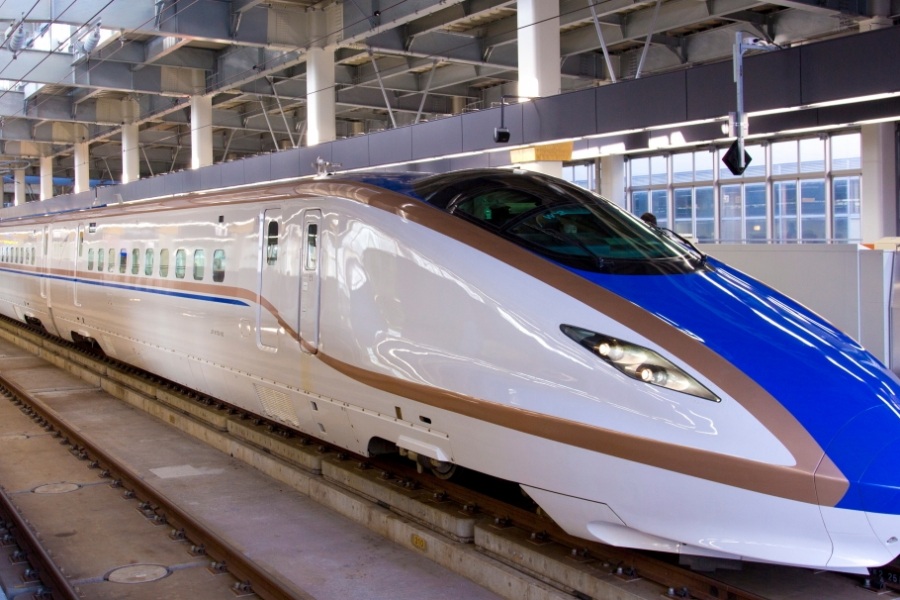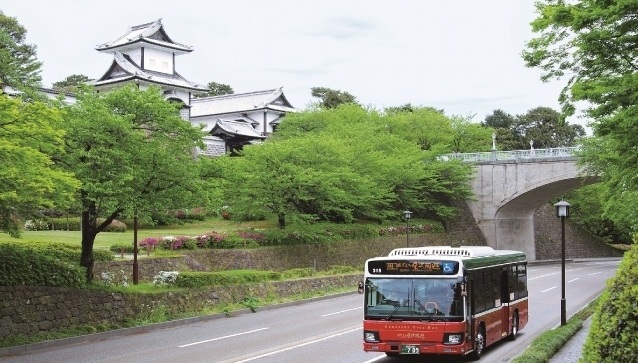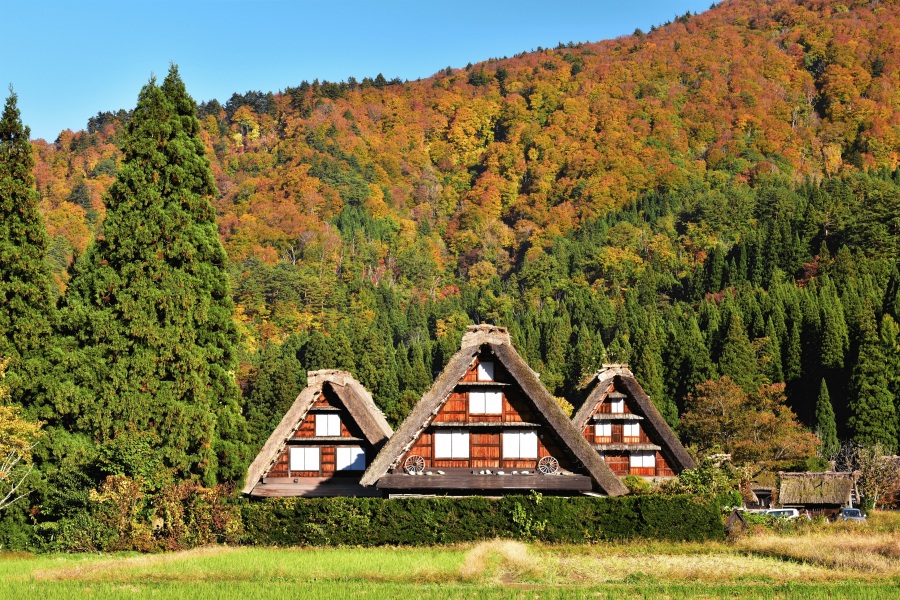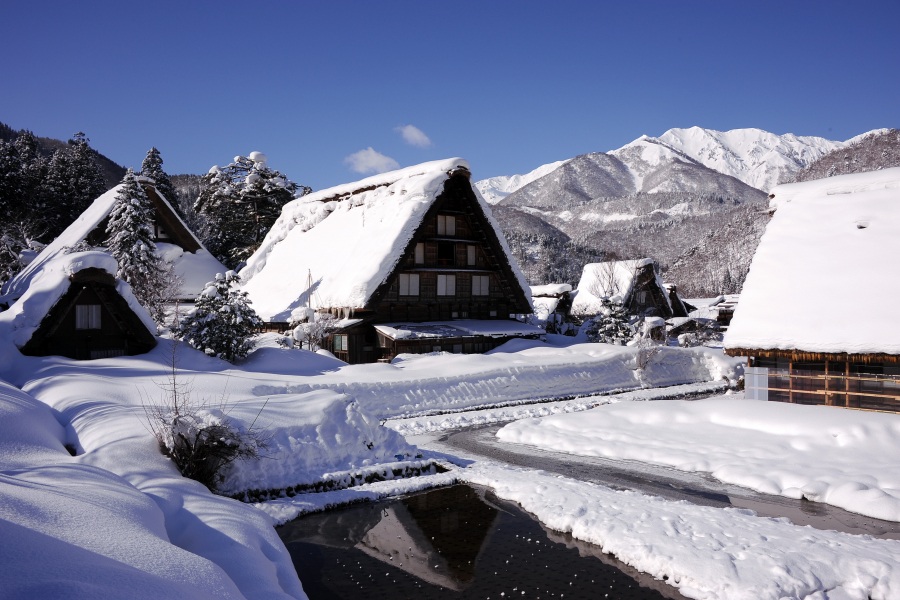A Deeper Dive into Kanazawa: Exploring Unique Museums
For those who have already seen must-to-see sightseeing spots in Kanazawa,
Unveiling Kanazawa's Lesser-Known Museum
In addition to the 21st Century Museum of Contemporary Art, Kanazawa, there are many other unique and fascinating museums in Kanazawa, a city known for its arts and crafts.
Discover Kanazawa's unique side with a visit to four of the city's lesser-known museums. From vintage phonographs to Zen philosophy, these hidden gems offer a deeper dive into Kanazawa's rich culture and history.
From these museums, we introduce four recommended hidden museums:
Kanazawa Phonogragh Museum; popular among young people for its retro and maniacal aspects,
Kanazawa Asanogawa Enyukai Hall; which shows the true charm of Higashi Chaya District,
D.T. Suzuki Museum; perfect for those who enjoy the journey of self-discovery,
and the Karakuri Memorial Museum; popular among families who can play with puzzles and toys.
All of them have space to spend time inside the building and are ideal for sightseeing on rainy or snowy days.
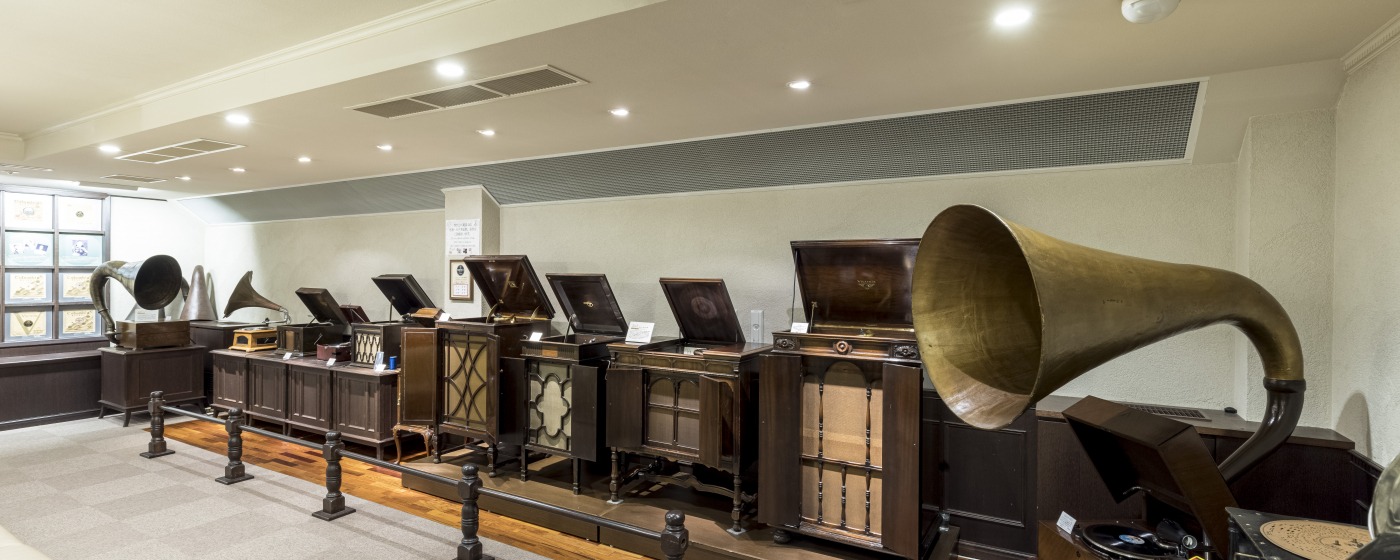
40,000 SP records in the collection! You can listen to valuable phonogragh recordings 【Kanazawa Phonograph Museum】
The museum has a collection of about 600 phonographs, of which about 150 are on display, and over 40,000 SP records, making it one of the best or second best collections in Japan. The museum boasts that most of the phonographs actually work, and during demonstrations three times a day, visitors can compare the sound of about 10 phonographs, including one made by Edison.
The first director of the museum was distressed by the number of phonographs being thrown away, so he began to collect them, repairing them and collecting them so that the good sound they produced would not be lost. The collection was praised by the then chairman of the Recording Industry Association of Japan as "a collection befitting the cultural city of Kanazawa," and Kanazawa City took over the collection and opened the museum in 2001.
Currently, this is probably the only place in Japan where you can listen to so many at one time. Mr.Noriyuki Yokaichi (the director of the museum) says, "Please come and listen to the 'good sound' that is different from the digital sound." Recently, phonograghs have become popular among young people because they are both old and new.
If you go to Higashi Chaya District, you should go here first! 【Kanazawa Asanogawa Enyukai Hall】
What is a teahouse district like? Are there really any Geisha? The Kanazawa Asanogawa Enyukai Hall, located on Kan-non Street at the entrance to the Higashi Chaya District, has exhibits that introduce Kanazawa Geisha and teahouse culture in an easy-to-understand manner, as well as an "Ozashiki Stage" that recreates a tatami room where visitors can watch videos of Kanazawa Geisha. They also offer a geisha experience, where you can experience the world of "No first-time visitors allowed". In addition to "Meet the Geisha in Kanazawa", which is held on limited dates in spring, summer, and fall, a private party plan is also available for groups of 10 or more.
Mr. Junichi Uehara, director of Hall says, "Geisha in Kanazawa are all-round players who can perform not only dance but also play "shamisen"(three-stringed Japanese guitar) and their artistic skills are of a very high level. Many people do not know that there are still geisha in Higashi Chaya District, so if you learn about them here before visiting Higashi Chaya District, you can enjoy it twice as much.".
The museum also offers workshops where visitors can experience craftsmanship, such as "mini uchiwa (Japanese fan)" and "tatami coaster" making.
A space where you can quietly face yourself 【D.T. Suzuki Museum】
Opened in 2011 as a facility to introduce D. T. Suzuki, the Kanazawa-born Buddhist philosopher who made Zen culture widely known overseas.
The building consisted by three spaces and three gardens, represents the world of D. T. Suzuki and was designed by the world-renowned architect Yoshio Taniguchi. In accordance with D.T.'s ideas, visitors can face themselves in the museum. Visitors can enjoy the museum even if they do not know D.T., and the non-verbal experience is also popular among visitors from overseas.
Mr. Inotani, a curator of this museum says, "We hope that D.T. Suzuki Museum will be a place where people can come when they want to have a little time alone to think. I would be more than happy if D.T. Suzuki Museum could be a place that people visit when they want to have time to think in their busy daily lives.".
For those who want to quietly indulge in contemplation, we recommend the "Morning Contemplation Practice" program, which is held on the last Sunday of odd-numbered months at 7:30 a.m. and requires advance reservations.
Let's play with "karakuri" for children and adults! 【Karakuri Memorial Museum】
Various types of karakuri (Traditional Japanese mechanized puppets and automata) and touchable puzzles and games are on display.
The "Karakuri Experience Building for Children" is especially popular among families.
Why karakuri in Kanazawa? Ohno Benkichi, who studied Dutch studies in Nagasaki and was an inventor and technologist, lived in Ohno at the end of the Edo period(from 1831). Benkichi invented the electron and the camera, and left behind many masterpieces such as karakuri dolls and elaborate netsuke, and was also involved in the training of future generations of scientists. The museum opened in 1996 to showcase his achievements. The unique exhibition hall with its sloping pillars is reminiscent of a Kitamaebune(traditional trading) vessels.
Mr. Sato, director of this museum says, "The building was designed by Shozo Uchii, who also designed the Fukiage Palace at the Imperial Palace. He dared to make the building a complicated shape to symbolize Benkichi."
On the hill across the Ohno River are the ruins of the former residence of Ohno Benkichi, which commands a panoramic view of the town of Ohno, where soy sauce brewing flourished, and Kanazawa Port. A stroll through the townscape preservation area lined with old town houses and soy sauce warehouses is also recommended, including Hiyoshi Shrine, which preserves statues of lion heads and foxes made by Ohno Benkichi, and Denzenji Temple, where Ohno Benkichi's grave is located.
